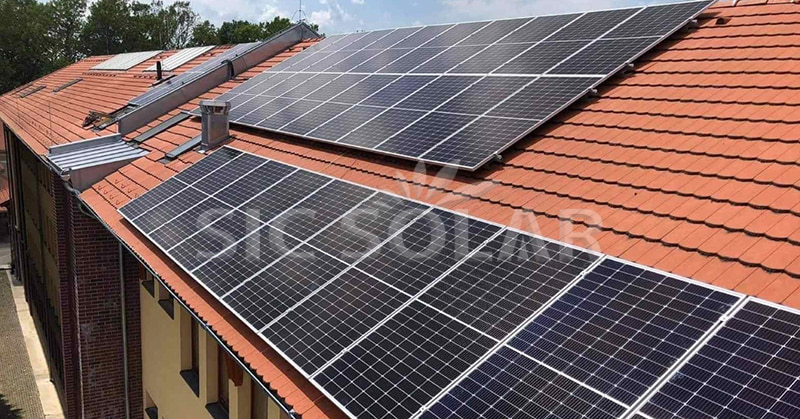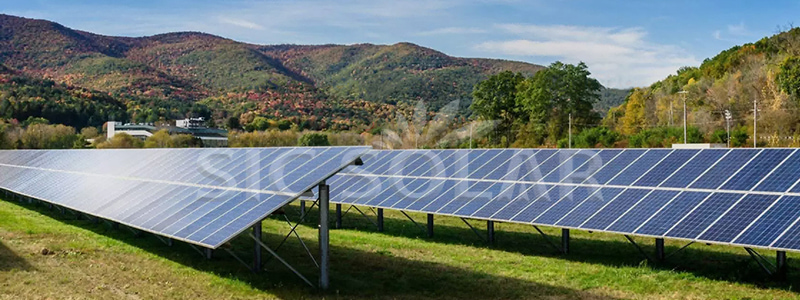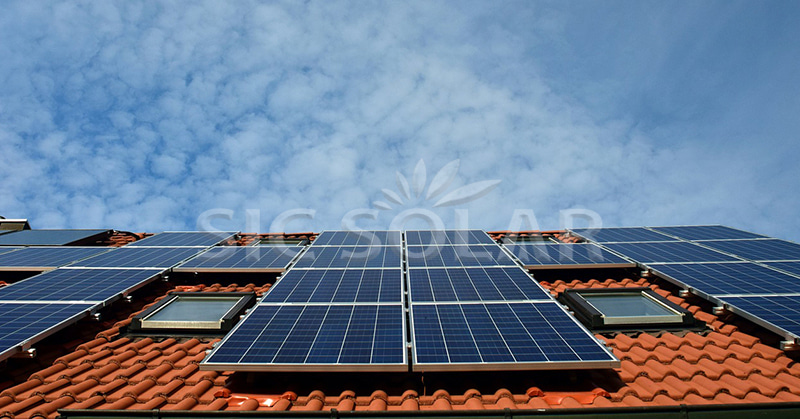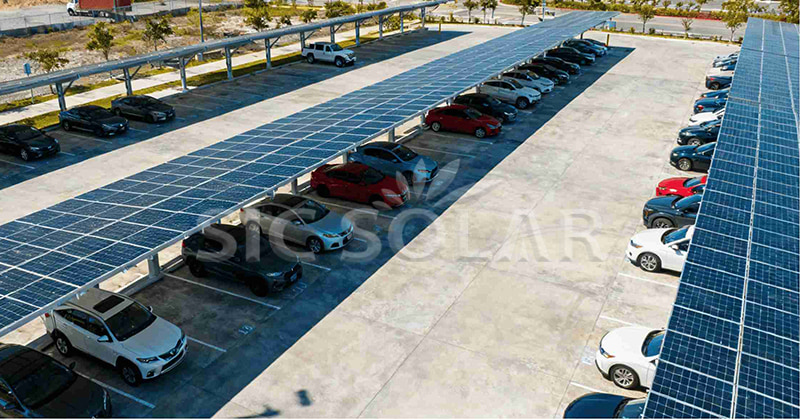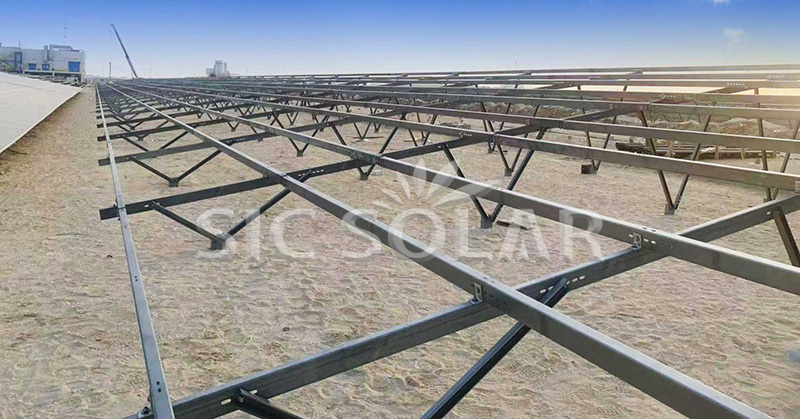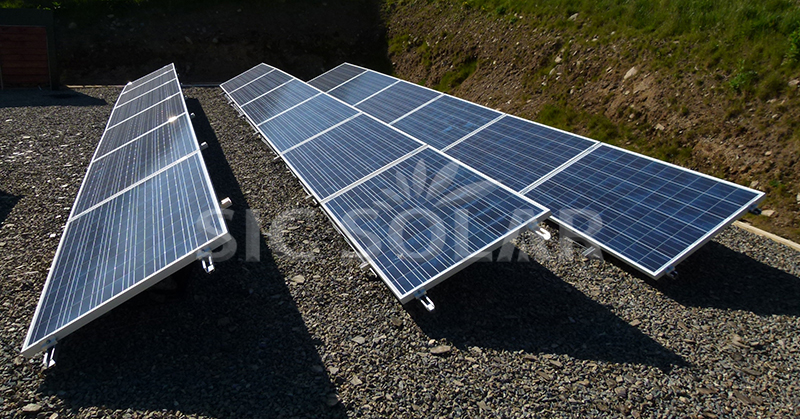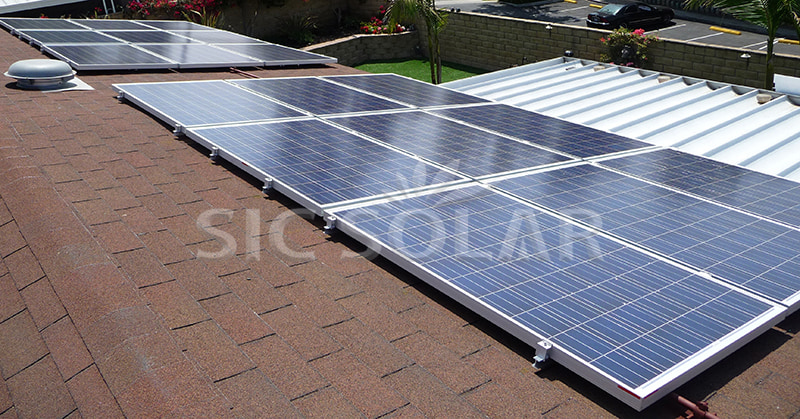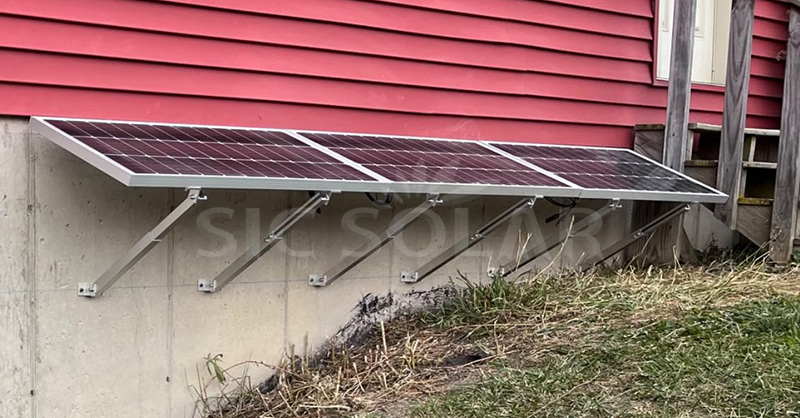Floating solar, also known as floating photovoltaic (FPV) systems, has become one of the most exciting innovations in renewable energy. By placing solar panels on bodies of water—such as reservoirs, lakes, and dams—floating solar offers a way to generate clean power while saving valuable land space. However, one common question arises when considering these systems: Can floating solar installations withstand storms and harsh weather conditions?
The short answer is yes—when properly designed and installed, floating solar systems can perform reliably even in challenging environments. Their ability to endure extreme weather largely depends on the quality of the floating structure, anchoring system, and mounting components used in the project.
Floating solar systems face unique stresses compared to land-based arrays. Strong winds, waves, and fluctuating water levels can all impact the stability of the system. That’s why the engineering design of the mounting system plays a critical role. Companies like SIC Solar, which specialize in producing durable and corrosion-resistant photovoltaic mounting systems, develop customized floating platforms that can handle high wind speeds and heavy rain. Their mounting solutions are typically made from UV-resistant, high-density polyethylene (HDPE) floats combined with robust aluminum or stainless-steel structures to ensure long-term strength and buoyancy.
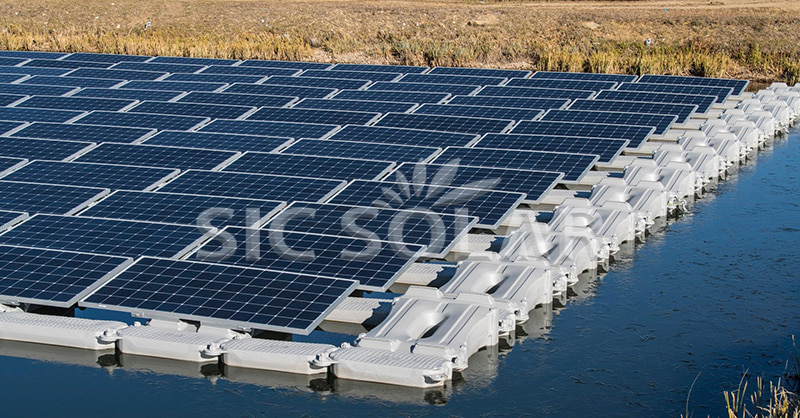
A key factor in withstanding storms is the anchoring design. Anchors and mooring lines must be precisely engineered to prevent excessive movement of the floating array. The anchoring system must account for variations in water depth, wind direction, and wave height. Engineers often use dynamic simulations to predict how the system will behave under storm conditions, allowing them to fine-tune the anchoring points and cable tensions.
Moreover, the hydrodynamic stability of the floating platforms ensures that they can flex and move slightly with the water rather than resisting it completely. This flexibility reduces stress on the panels and connections, allowing the system to absorb wind and wave forces safely. High-quality floating solar systems also include drainage designs that prevent water accumulation, which could otherwise increase the load during heavy rainfall.
Testing and certification also play a big part in ensuring durability. Reputable floating solar mounting manufacturers test their systems according to international standards for wind and load resistance. For example, floating arrays are often evaluated for wind speeds up to 150 km/h or more, depending on the project’s location. Components like brackets, bolts, and connectors must meet strict corrosion and UV resistance standards to ensure long service life, especially in humid or saline environments.
In coastal areas or regions prone to tropical storms, additional design reinforcements may be applied. These can include double anchoring systems, stronger mooring lines, and reinforced frame structures. Maintenance also becomes crucial—routine inspections of the anchors, floats, and connectors help detect early signs of wear and ensure continued stability.
Ultimately, while no system is completely immune to extreme weather, modern floating solar technology has advanced significantly to ensure resilience. With expert design, high-quality materials, and proper installation, floating solar arrays can withstand storms and continue operating efficiently for decades. Companies like SIC Solar provide reliable, weather-resistant mounting solutions that make floating solar not only feasible but also sustainable in a wide range of environments—from calm reservoirs to areas with seasonal storms.
...
